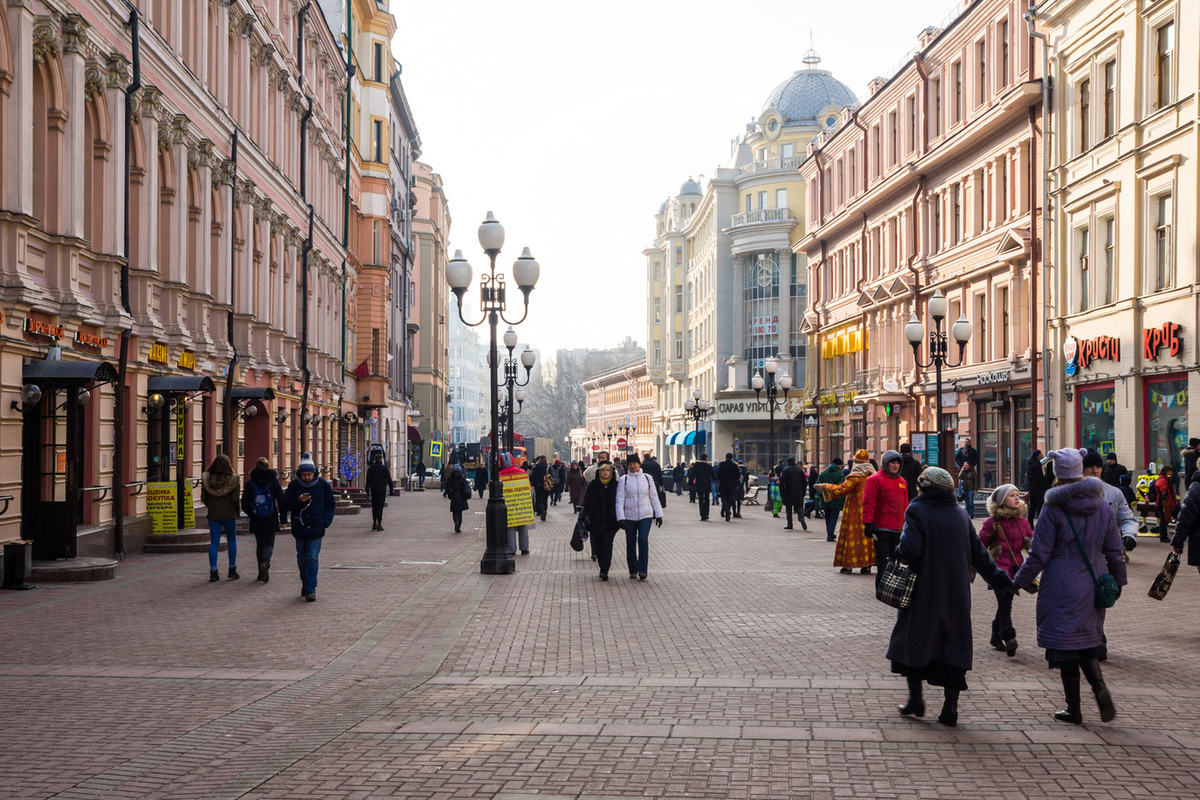How street retail lease changes and its trends
Changes have been observed in the Moscow commercial real estate market since the middle of this year. The demand for retail space rental in the main streets is decreasing. This trend has not yet acquired a mass character, but gradually increasing interest in objects that are outside the Garden Ring. Street retail lease is changing, which is reflected in the cost per square meter.
According to the results of the segment analysis, in the third quarter of this year free space in popular Moscow districts has increased. The vacancy rate increased on pedestrian streets from 3.8% to 4.1%, and on the central streets – from 5.2% to 6.4%. On the Boulevard Ring at the beginning of the year there were 6.6% of vacant premises, and now their level has risen to 8%.
Large retail chains and retailers are leaving the area in popular areas, preferring sleeping areas. The reason for this is the high cost of street retail lease in the center. To save money, businessmen are looking for cheaper premises. This situation will allow the development of remote areas of the capital.
Leaseholders select options for space according to the sphere of activity and the perspective of profitability. For example, sellers of fast food are interested in areas that are close to subway stations or transport interchanges. Sellers of clothing, cosmetics, accessories prefer shopping centers. On the part of tenants demand for commercial real estate in the Western, Northern, South-Western and North-Western Districts has grown significantly. Art spaces, where the number of retail outlets is growing, are becoming popular. In most cases, young designers and novice fashion designers place their products here.
The highest cost of street retail rent outside the central part of Moscow is observed in close proximity to metro stations. Here the rates are on average 30-40% higher compared to other objects.

Cafes and restaurants, if they belong to a large chain, can afford to be located both in the center and in residential areas. But small sellers are looking for places cheaper. For example, flower stores, mobile communication salons occupy premises in underpass crossings or near major transportation hubs.
In addition, well-known brands do not give up popular points and change the center to the western part of the capital, where the cost of space is not much lower.
The main reason for tenants moving to remote areas is the high cost of space. In case the rates go down, some operators may return to popular areas.
It is too early to make long-term forecasts; experts see positive trends in these changes, but fear that the central part of the city may be left without some tenants.
